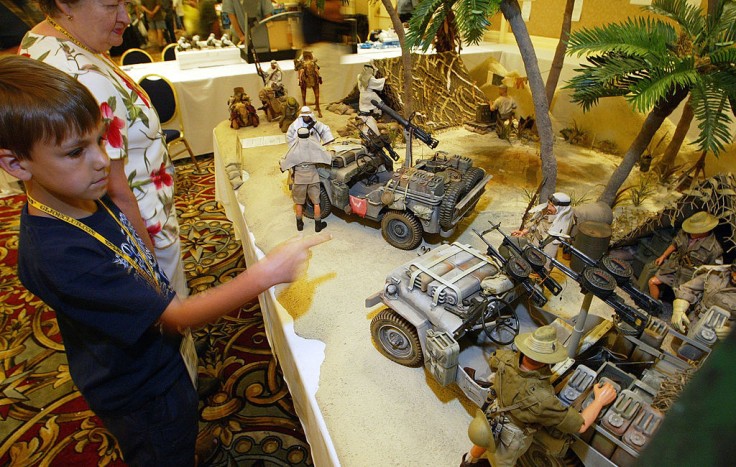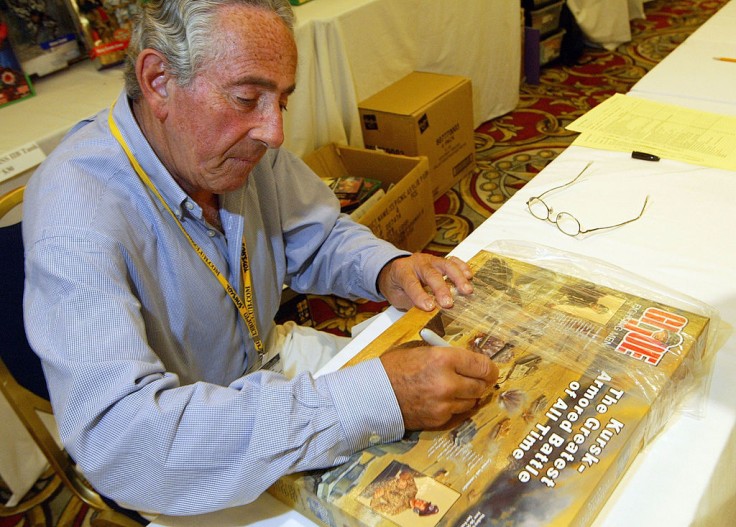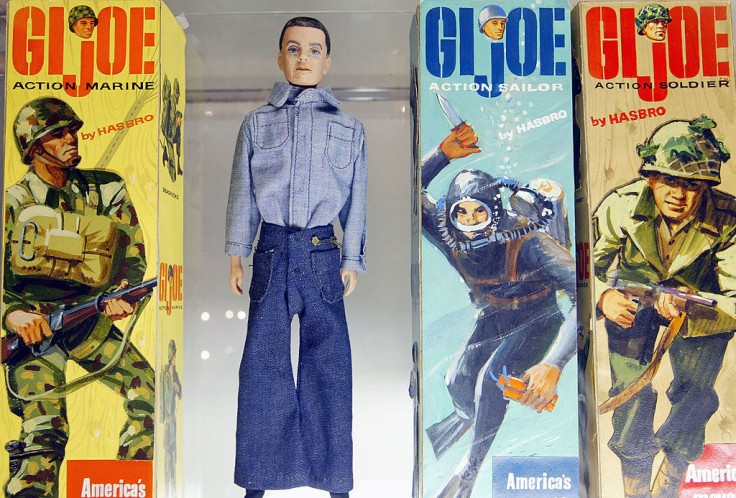Action figures have been a part of every person's childhood regardless of what generation they're a part of. Not even a video game could hold a candle to the tangible, movable parts of an action figure and the power of a kid's imagination.
However, the action figures we have today wouldn't have been possible without the ingenuity of one man and a company willing to bank on the idea of action figures despite announcing that it wasn't in the doll-making business.
Here are some things you may not know about the "GI Joe" franchise and how it started the action figure craze in the 1960s:
It Was The Barbie For Boys

Believe it or not, Barbie dolls were the direct reason why Hasbro created the GI Joe action figures in the first place.
According to the Smithsonian Magazine, Don Levine, Vice President and Director of Marketing and Development at Hasbro, was fascinated with the "razor-razor" blade model that made Mattel's Barbie dolls such a success.
However, the lack of a counterpart for boys apart from Barbie's boyfriend, Ken, resulted in a gap in the market that led Hasbro to fill that gap.
Hasbro Made The First GI Joe Action Figure

After being fascinated by Barbie dolls, Levine noticed a wooden artist's mannequin in a window display one day and realized that there was a way to produce figures that moved and posed like human beings.
Popular Mechanics mentioned that Levine spent two weeks creating detailed models of Weston's GI Joe characters, with each wearing replicas of actual military equipment at scale. These models had 19 points of articulation that allow the model to move just like the human body, or at least simulate it as best they can.
Levine presented his handiwork to Hasbro CEO Merrill Hassenfeld after returning from his vacation and described them as "toy figure[s] or doll[s] having movable joints that closely simulate the movable portions of the human anatomy." Needless to say, this was the first and only instance GI Joe action figures were called dolls, with Hasbro prohibiting retailers from calling them dolls; they were instructed to call them action figures instead.
It Was An Instant Success
The tactic of calling GI Joe models action figures than dolls may have had its intended effect. When retailers started selling GI Joe action figures in 1964, they were flying off shelves; by 1966, GI Joe action figures make up nearly two-thirds of Hasbro's profits.
Boys at the time loved the idea of GI Joe action figures having interchangeable clothes, weapons, vehicles, and other accessories, per History. Even their heads could be ripped off so another one could be used on the same figure, creating product variability while keeping manufacturing costs low.
It Has An Action Figure For Each Of The Military Branches

Boys also loved the fact that there is a GI Joe action figure modeled for each of the military's branches: Rocky the Movable Fighting Man represented the Army and the Marines, interestingly, while Skip represented the Navy. On the other hand, Ace Fight Pilot represents the Air Force.
Thanks to the interchangeable clothes, weapons, and accessories, boys could make Rocky join the Air Force while Skip could be a marine.
Eventually, Hasbro added more action figures that represented other popular organizations, such as NASA, and the military's Medical Corps.
Hasbro also released African American GI Joe Army soldiers alongside Caucasian Army soldiers.
It Started The Action Figure Craze
The popularity of these action figures started a craze for boys in the US. - the same effect that Barbie dolls had on girls at the time. It isn't strange for boys to try to buy the complete set of GI Joe action figures to try out all the possible uniform and weapon combinations.
Eventually, the GI Joe action figures came with more accessories enough to set up a scene. Boys can buy scale replicas of tents, sandbags, and even liferafts to make their action figures feel right in the thick of the action.
Girls at the time, meanwhile, were in the same boat. Their Barbie dolls feel incomplete without Ken, her little sister Skipper, and her Dreamhouse.
Related Article : #ToyTech 5 Things You Didn't Know About Rock 'Em Sock 'Em Robots









